Porcupines hold a unique place in the animal kingdom. They are rodents, the largest of their kind in Africa. In the world, the porcupine is trumped only by the beaver and the capybara in terms of size. Porcupines are easily recognizable because of their appearance. An adult porcupine can have at least 30,000 quills on its body, extending from its flesh and out so these stick out of the animal’s back, tail and sides. They are a natural history filmmaker favorite not only because of the way they look but also because of their unique behavior.
The porcupine holds the record as the prickliest of all rodents. The word “porcupine” actually comes from the Old French phrase porc espin, which are words to describe a pig that has spines. There are actually 29 species that belong to this family and each one may appear and behave differently. In general, though, porcupines are nocturnal creatures who will only come out at night to look for food. Common porcupines are herbivores and will eat available plants such as clover, cabbage, leaves from trees and shrubs, herbs and twigs. During winter when food is scarce, porcupines may eat bark. Porcupines are native to southern Asia, Africa and the Americas.
The Quills
Contrary to what many people believe, the porcupine’s quills are not spikes or thin horns; they are actually hairs that have become thick due to the buildup of keratin. Like hair, quills can be lost and regrown. These animals may also lose them when they shake or when the quills come in contact with an object, another animal or human. It may seem as if porcupines can control the direction in which the quills will go but this is actually not true.
On some species, quills grow in clumps while on others they are interspersed with fine, soft hair. Quills serve as a deterrent against predators. These usually lay flat against the animal’s body during rest and when it is relaxed. If the animal is provoked or threatened, the quills rise and are released upon contact. The tips, which are sharp, allow the quills to prick the flesh. Due to the structure of the spikes, they are often difficult to remove.
How Porcupines Live
Porcupines live in a limited range of habitat, which makes filming wildlife with them as the subject relatively easy. They reside in a number of environments such as hillsides, forests, under rock outcrops and deserts. Some, such as those found in South America, may even take up residence in trees.
The Future of the Porcupine
Porcupines entered the endangered species list in 1970 and very few – if any – measures have been put in place to aid them actively in their survival. They are treated as pests in countries such as Kenya. They are also eaten in some places in Africa and Southeast Asia where they are considered a delicacy. This contributes to the decline in their numbers. Human progress has also affected the porcupine as more and more of their habitat are claimed for urban development.


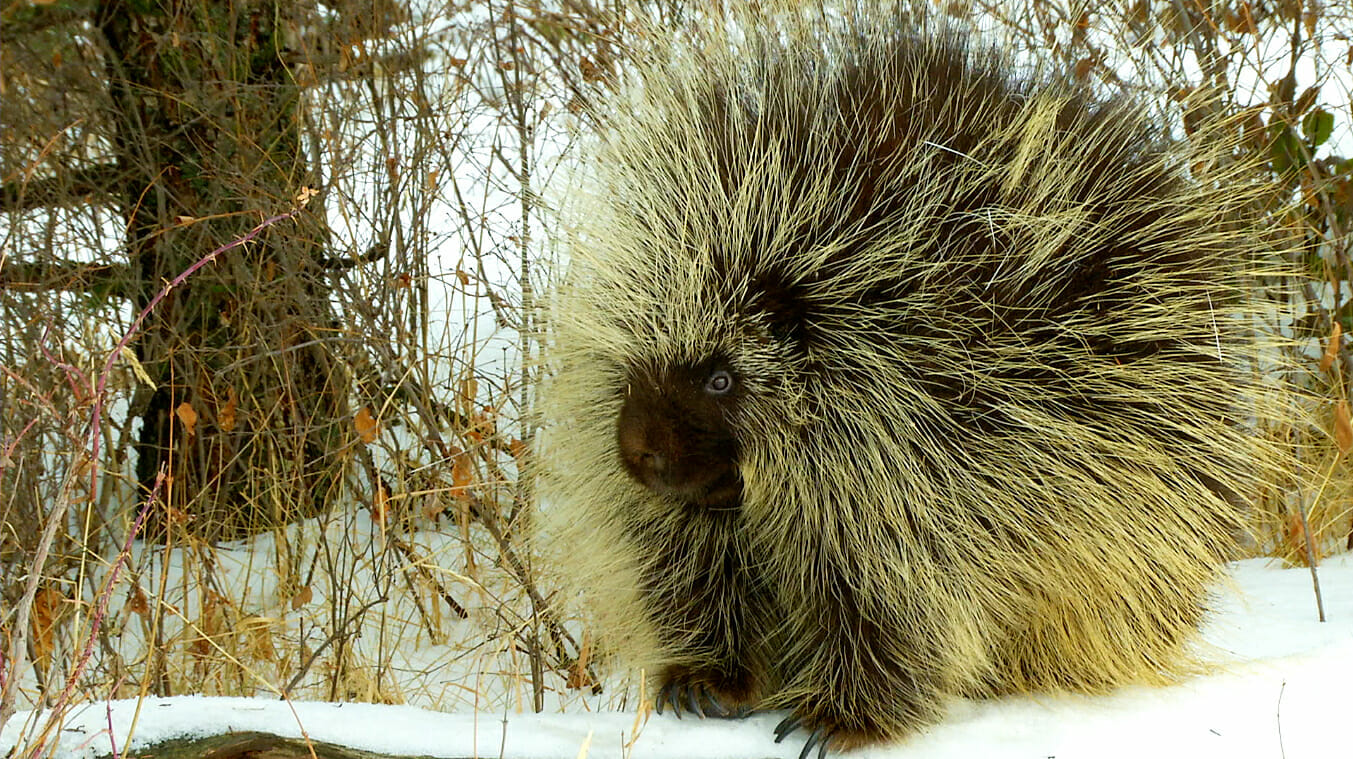
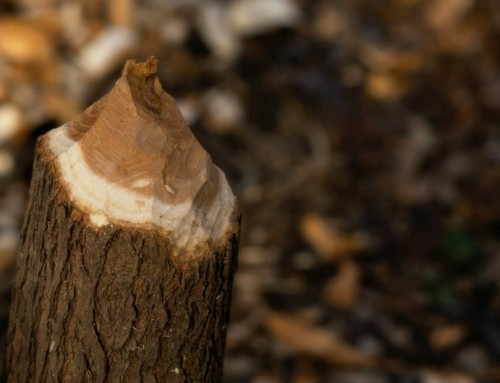
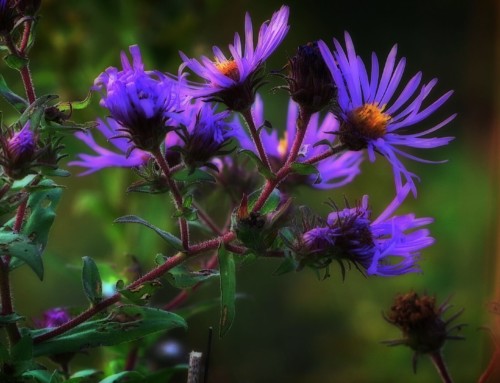
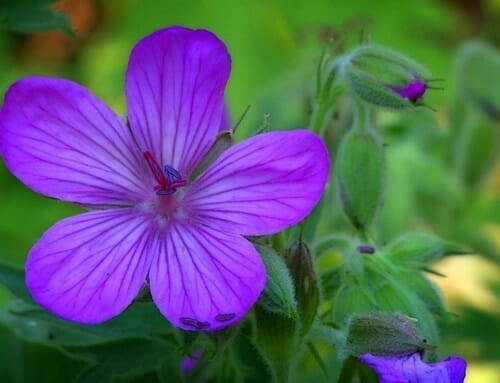
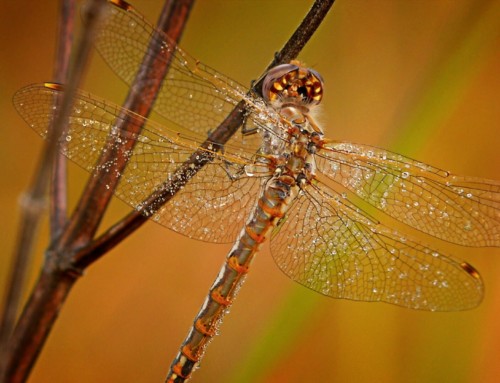
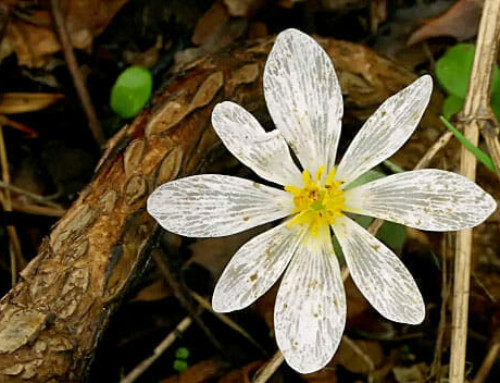
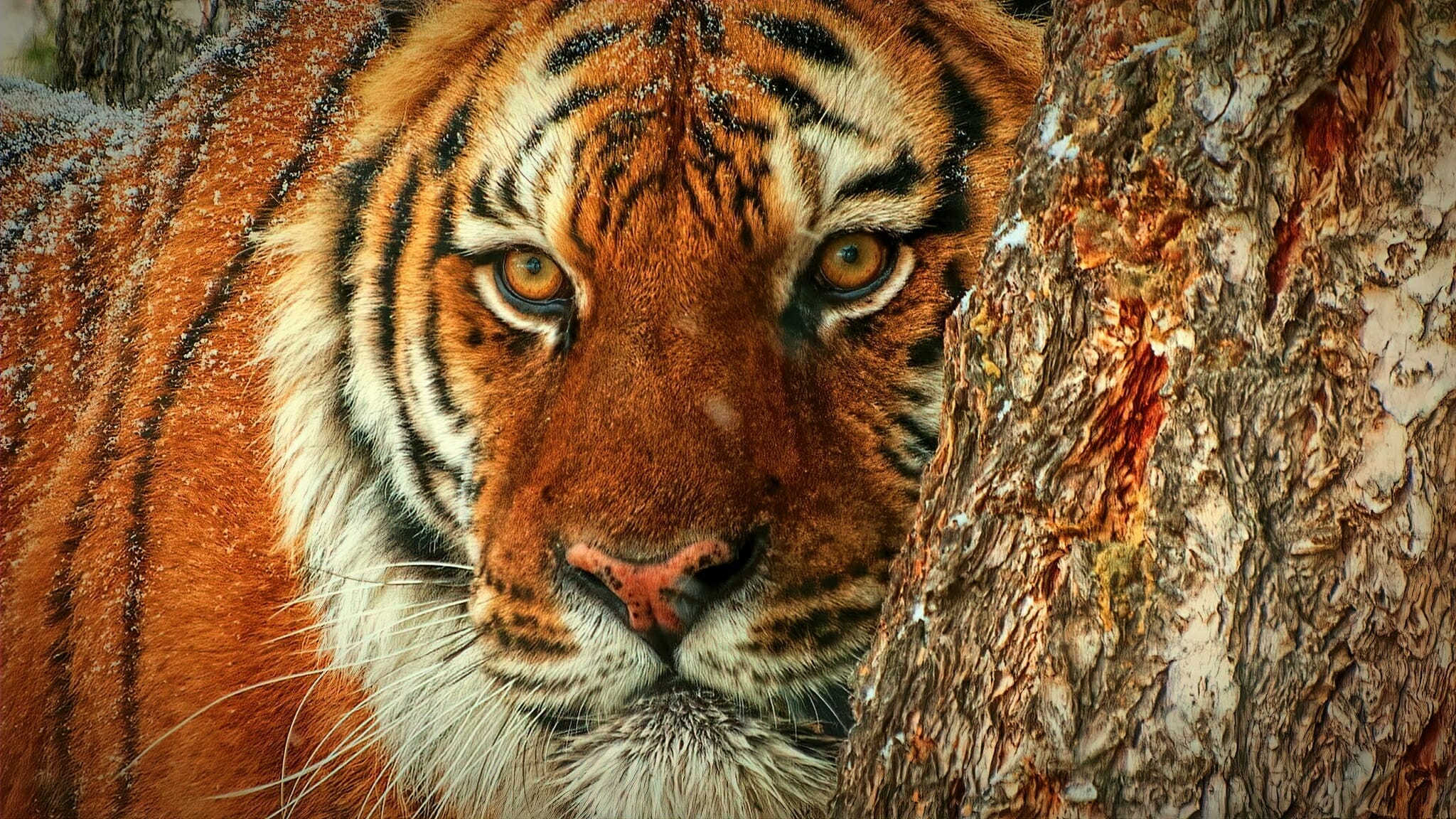
Leave A Comment
You must be logged in to post a comment.